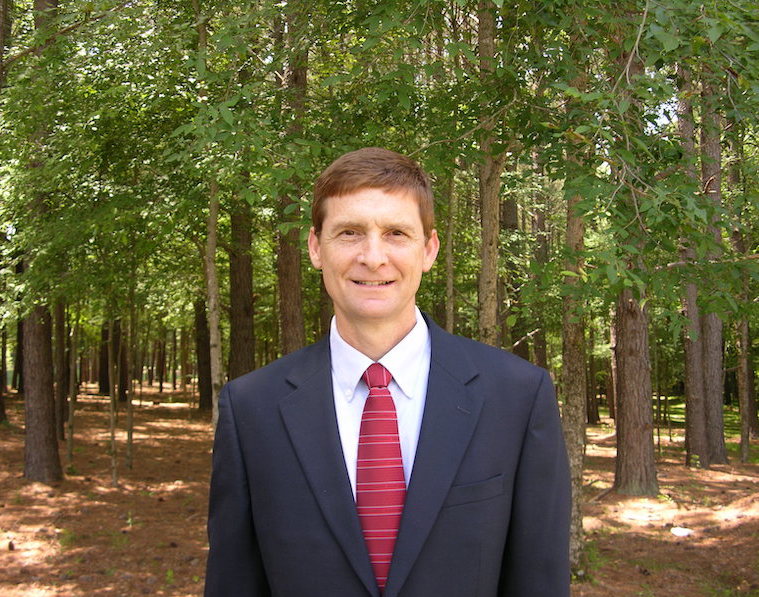Q: I have never experienced our bermudagrass fields so slow to grow in the spring. We are seeing more exaggerated wear from normal use since the fields just do not seem to want to grow. Why so slow?
– North Carolina
A: The last several years, turfgrass has performed poorly in the spring because it has been either excessively wet or excessively dry. This year, precipitation has been good, and it was complemented by warmer-than-average temperatures the first two-and-a-half months of the year. We had some early greening in March, which was concerning since our “winter damage” to warm-season grasses is usually due to warm early springs followed by several nights in the low 20s that can hammer tender warm-season grasses.
We dropped down into the upper 20s (in Raleigh) on consecutive late-March nights, but I did not think it would cause any lasting problems since we were back in the upper 40s the next night and a daytime high of 81 the following day. It seemed promising that we would have healthy turfgrass growth early this year. But as the cool night temperatures lingered into April and May, reports like yours started to fly into my inbox. This winter/spring did not result in widespread winterkill for the Carolinas, but it has been one of the worst springs for growing bermudagrass we have seen in several years.
The problem seems to be largely centered on cool temperatures. To further explain, let me illustrate some rules of thumb on turfgrass growth with local temperature data compared to recent research. Old-timers like me often tell people that that bermudagrass needs nighttime temperatures consistently in the 60s before it will start to grow laterally. I know some wise people have also explained that the daytime high plus the nighttime low must equal at least 150 for bermudagrass regrowth in the spring. And that no amount of fertilizer, water or PGR will change this fact.
To test these two rules of thumb, non-scientifically, I made a quick comparison of Raleigh temperatures in 2023 versus 2022. Greenup of bermudagrass was much less problematic in North Carolina in 2022 compared to 2023. May 12 was the first day in 2023 that we had multiple consecutive nights in the 60s. In 2022, it was April 12 – a full month earlier. May 2022 provided 22 nights in the 60s, whereas May 2023 had 12. Checking the temperature sums with 2023 data, there were two days that summed to 150 in April and four days in May. In 2022, there was one day in April and 11 days in May that met that threshold. These data suggest that May 2022 had much more agreeable temperatures for growing bermudagrass than April or May in 2023, which corresponds with what we have experienced.
The next step is to see if this is consistent with research. A study published in the Journal of the Mississippi Academy of Sciences (McCurdy et al., 2020) determined that Tifway bermudagrass growth begins at the base temperature of 55 degrees and that growth is optimized at 88 degrees. Latitude 36 needed slightly higher temperatures, with a base temperature of 57 and optimized growth at 90 degrees. Assuming worst-case nighttime lows and an idealized daytime temperature, a minimum sum for good growth would be 143 and 147 for these two grasses, which is pretty darn close to the sum to 150 rule. I am not sure one can easily compare the base temperatures from research to requiring consistent 60-degree night temperatures. But if the minimum for growth is in the mid- to low-50s, it seems reasonable to assume consistent nights of 60 degrees would ensure good growth.
The take-home message is that temperature has a strong influence on bermudagrass growth and until some minimum temperature is reached, the turfgrass will not grow very well.
Reference: McCurdy, James D., Ethan T. Flournoy, Barry R. Stewart, H. Wayne Philey, K. Raja Reddy, William C. Kreuser, Eric Reasor, and Christian M. Baldwin. “Estimates of Turf-Type Hybrid Bermudagrass Base and Optimal Growth Temperatures.” Journal of the Mississippi Academy of Sciences 65, no. 3 (2020): 258-267.
Grady Miller, Ph.D.
Professor and Extension Turf Specialist
North Carolina State University
Questions?
Send them to Grady Miller at North Carolina State University, Box 7620, Raleigh, NC 27695-7620, or e-mail grady_miller@ncsu.edu
Or send your question to Pamela Sherratt at 202 Kottman Hall, 2001 Coffey Road, Columbus, OH 43210 or sherratt.1@osu.edu


